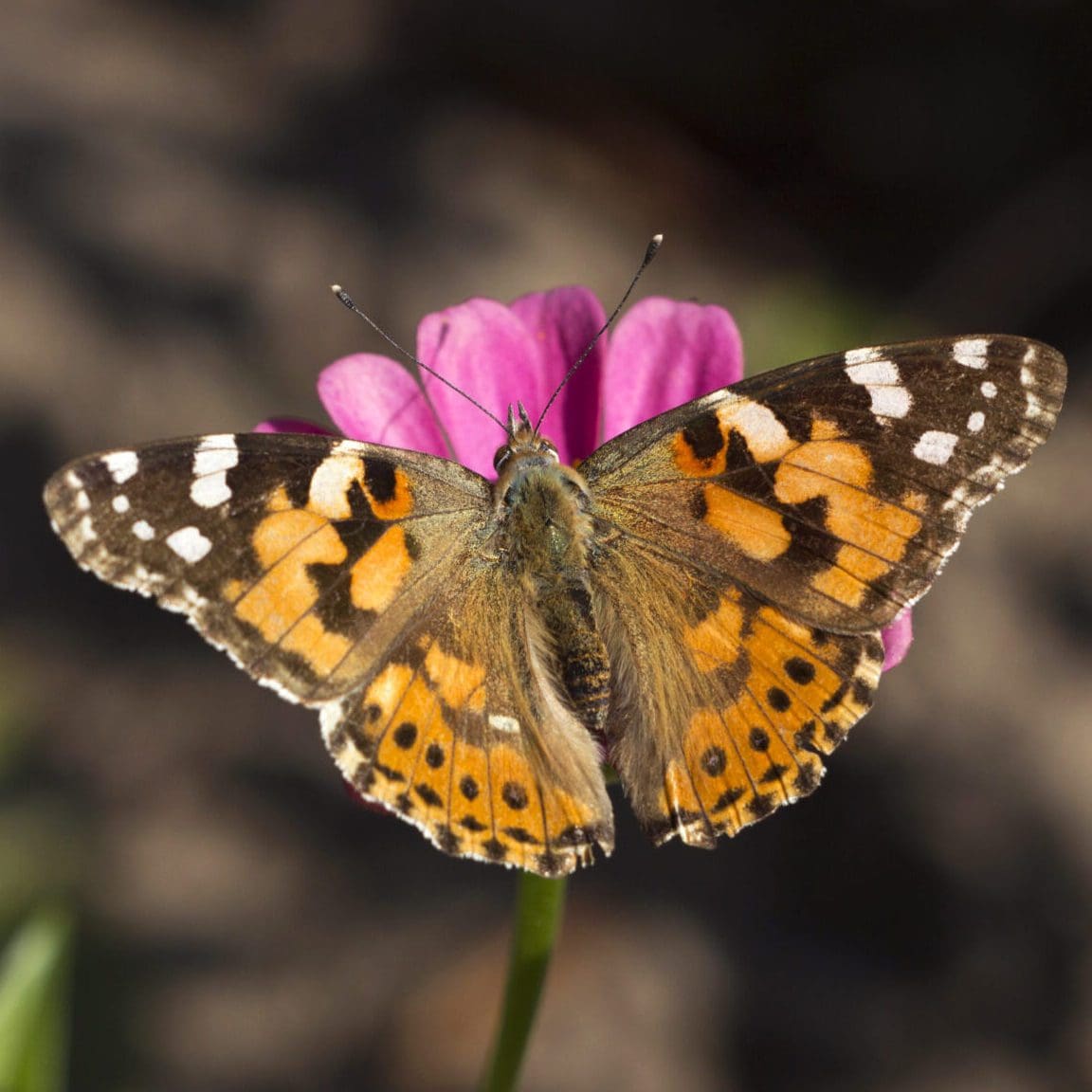
Welcome to our FAQ page, where we provide answers to some of the most frequently asked questions we receive about raising and releasing monarch butterflies. To help you find the information you need, we’ve organized our FAQs into specific categories related to our online store, products, and other services.
For more detailed information about each topic, be sure to visit our blog, where you’ll find a wealth of resources on butterfly care and conservation. And if you can’t find the answer you’re looking for, or have a question we haven’t addressed, please don’t hesitate to get in touch with us at info@monarchbutterflies.ca. We’re always happy to help!
To Contact Canada Post by Phone:
Monday to Friday, 7 a.m. – 11 p.m. ET
Saturday and Sunday, 9 a.m. – 9 p.m. ET
Toll free: 1-866-607-6301
Outside of Canada:
416-979-3033
Or by mail:
Or you may also file a claim or opening a ticket by Clicking Here.
Unfortunately, we cannot ship the Painted Lady Butterflies Raising Kits prior to the scheduled shipping season, which typically ranges from late April to June and again from late August to September. Please note that this timeline depends on weather and seasonal factors each year and is determined by the order placement and payment priority. Prior to shipping your order we will notify you via email.
We highly recommend opting for the quickest shipping options to ensure a shorter shipping duration. The shipping methods from slowest to fastest are:
Please note that we exclusively utilize Canada Post for shipping. Shipping times may vary depending on your location, and you can verify the shipping timeline through the Canada Post by Clicking Here
If you suspect that your insects may have perished, we understand your concern and want to assist you promptly. To address this issue, please follow these steps:
Our team is committed to ensuring your satisfaction and the health of our butterflies. We will do our best to address your concerns promptly and provide you with appropriate feedback and guidance.
Absolutely! Our butterfly kits are specifically designed to be used in various environments, including homes, classrooms, senior homes, or any setting where you wish to experience the magic of butterflies up close.
Whether you’re an educator looking to enhance your classroom’s learning experience or an individual fascinated by the wonder of butterflies, our kits offer an excellent educational and immersive opportunity.
To learn more about the proper care and usage of our butterfly kits, we encourage you to refer to the product’s care instructions. These instructions will provide you with all the necessary details on how to set up, maintain, and ensure the well-being of the butterflies throughout their life cycle.
Planting milkweed offers numerous benefits, particularly for the environment and wildlife, especially for monarch butterflies. Here are some of the key advantages of planting milkweed:
We truly appreciate your interest in our products and the desire to witness our work firsthand. However, as an online store specializing in raising delicate insects, we must prioritize the well-being and health of our creatures.
Regrettably, we do not offer any visits to our farm. This decision is in place to maintain a controlled environment for our insects, as they can be easily affected by outside variables. Their welfare is of utmost importance to us, and we take every measure to ensure they thrive in a stress-free environment.
We understand your desire for flexibility in choosing a specific date for receiving our monarch or painted lady kits. However, due to the unique nature of our products and the consideration for the well-being of the butterflies, we are unable to accommodate requests for selecting precise shipment dates.
The shipment of our monarch or painted lady kits depends on several factors, including the prevailing weather conditions at the time of shipping, ensuring the insects safety and health during transit. Additionally, to maintain fairness for all our valued customers, orders are processed and shipped based on the order they are placed in.
Rest assured, we are committed to providing you with the best possible experience, and we will make every effort to ship your order promptly and ensure its safe delivery.
Before we ship your order, we will send you an email notification to inform you of the estimated shipping date, giving you ample time to prepare for the arrival of these delightful butterflies.
For more comprehensive information about the shipping timeline, kindly refer to the ordering page and click on the “Shipping” tab. There, you will find the most up-to-date details available. In case you choose to follow up with our team via email regarding shipping, please be informed that the information provided on the shipping tab will be identical to the response you receive via email. We strive to maintain consistency and accuracy across all communication channels.
In some cases, butterfly wings may not fully expand or may remain crumpled after hatching from the chrysalis. There are several reasons why this might happen:
Butterflies with crumpled wings may have difficulty flying or may not be able to fly at all, which can significantly affect their ability to forage for food, escape from predators, or find suitable mates. Unfortunately, butterflies with severely deformed wings may have reduced chances of survival in the wild.
If you encounter a butterfly with crumpled wings and want to help, it is essential to handle them with care. However, in many cases, the best course of action is to allow nature to take its course, as attempting to intervene may cause more harm than good.